Stars and Planets

— Course description —
Chris Ormel

Stars and Planets
Instructor: Prof. Chris Ormel
MongManWei building (south wing), 6th floor, S609A
chrisormel@tsinghua.edu.cn
Teaching Assistant: Yu Wang (王雨)
wang-y21@mails.tsinghua.edu.cn
Time: Thursday 19:20—21:45
Course layout
- Lectures
- Problem sets discussion
- Student presentations on special topic (final weeks)
- (Student reports)
- Exam
communication
- Tsinghua Cloud
- course announcement (e.g., homework deadlines)
- course material (problem sets, pdf printouts, data files)
- do bookmark this site!
- WeChat group
- use for notifications and questions
- use English; we will ignore any messages in Chinese
- WebLearning (learn.tsinghua.edu.cn/)
- for homework returns
course number is 40920013-90
- for homework returns
- Email
- homework return (if system is offline)
- for office hour appointments
- html Lectures notes

7 Modules
- Light
How light plays its role in Astronomydistances, radiation, magnitudes, HR-diagram
- Exoplanets
- Matter under astrophysical conditions
- Birth
- Evolution
- Atmospheres
- Planet Dynamics
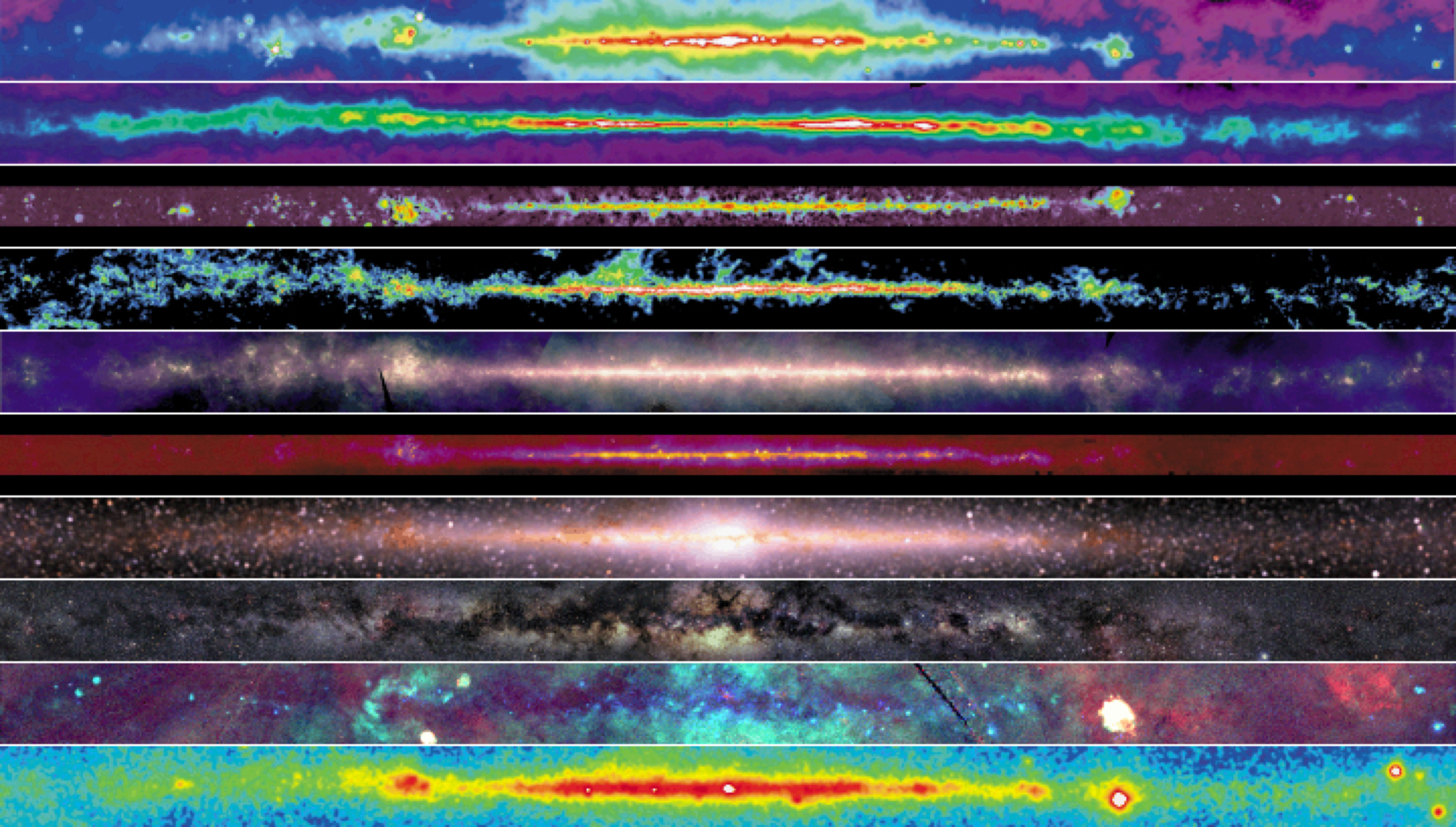
7 Modules
- Light
- Exoplanets
How are the >5200 detected exoplanets found?planet detection techiques: radial velocity method, transits, microlensing, astrometry, direct imaging
- Matter under astrophysical conditions
- Birth
- Evolution
- Atmospheres
- Planet Dynamics
7 Modules
- Light
- Exoplanets
- Matter under astrophysical conditions
How does material behave in stars?Equations of States: degenerate matter, hydrostatic balance, polytropes
Nuclear fusion: energy reservoirs, proton-proton & CNO cycle, nucleosynthesis - Birth
- Evolution
- Atmospheres
- Planet Dynamics
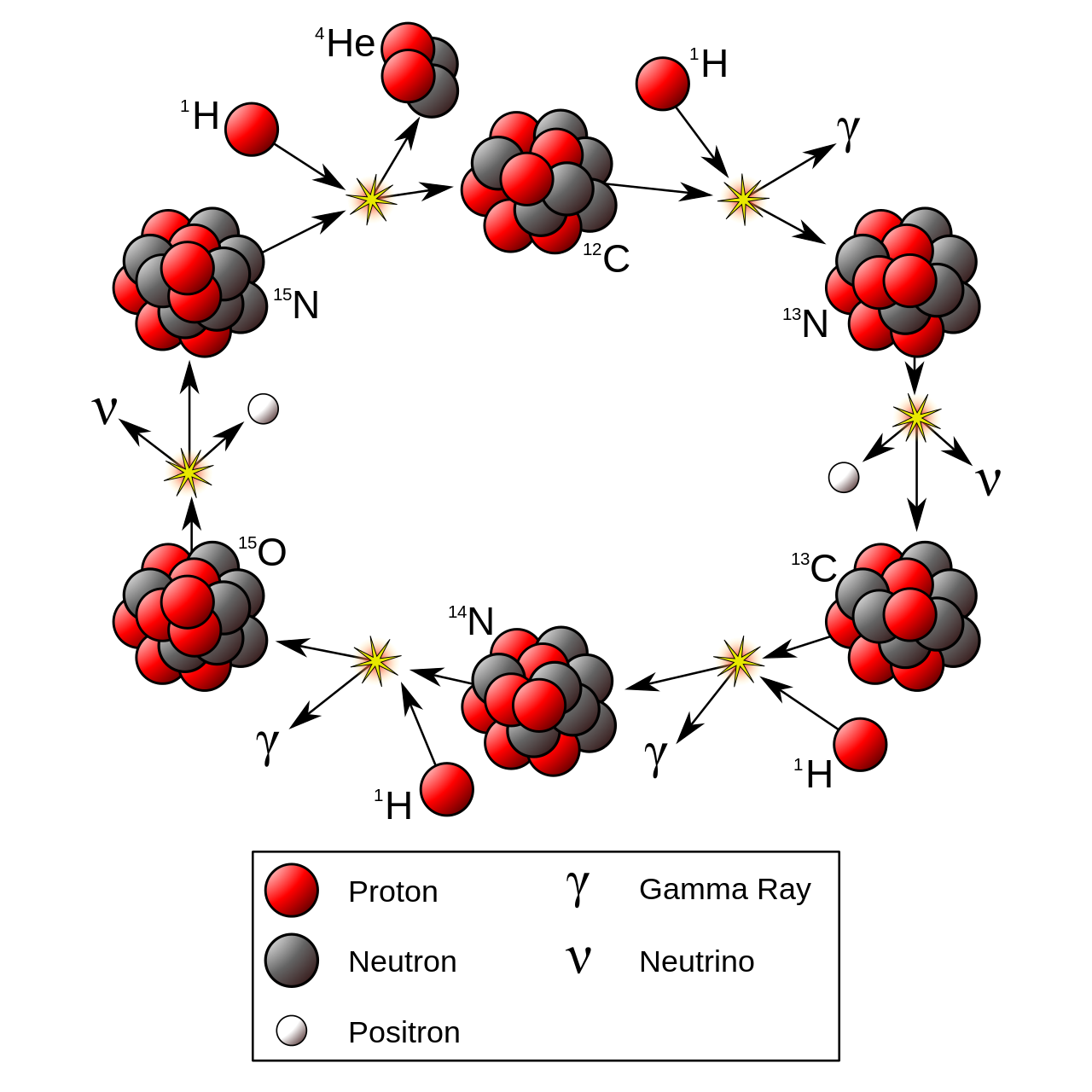
7 Modules
- Light
- Exoplanets
- Matter under astrophysical conditions
- Birth
How do stars and planets form?Star formation: virial theorem, Jeans mass, initial mass function, Eddington Luminosity, Dispersion relationship, gravitational instability
Planet formation: protoplanetary disks, disk instability and core accretion, gravitational focusing and runaway growth - Evolution
- Atmospheres
- Planet Dynamics
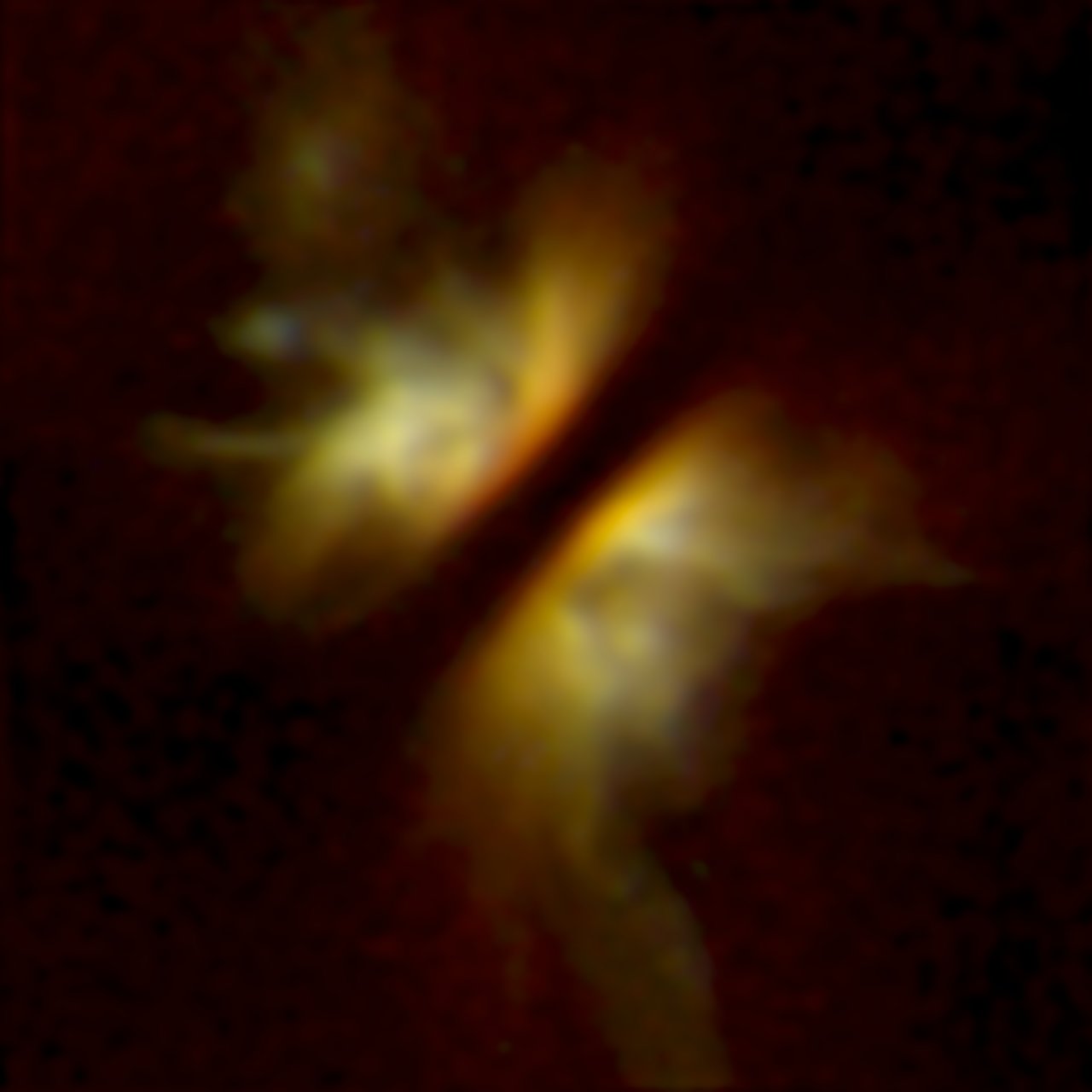
7 Modules
- Light
- Exoplanets
- Matter under astrophysical conditions
- Birth
- Evolution
How do stars (and planets) evolve and meet their end?mean free path and opacity, energy transport, stellar structure equations, stellar evolution, features in HR-diagram, homology, burning sequences, nucleosynthesis
- Atmospheres
- Planet Dynamics
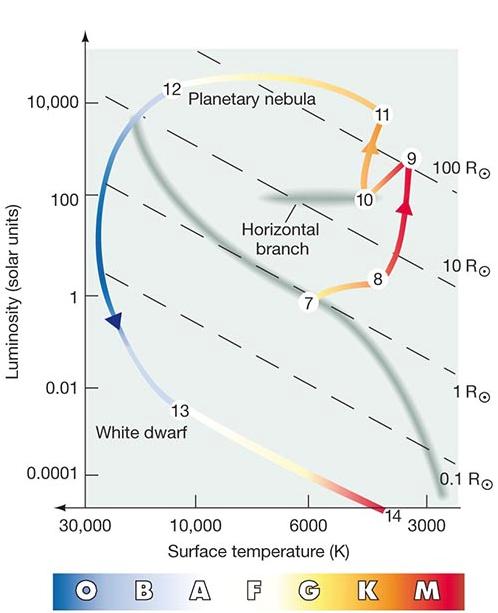
7 Modules
- Light
- Exoplanets
- Matter under astrophysical conditions
- Birth
- Evolution
- Atmospheres
How do the observational properties of stars and planets come about?Electronic/vibrational, and rotational transitions, H-atom, ionization, greenhouse
- Planet Dynamics
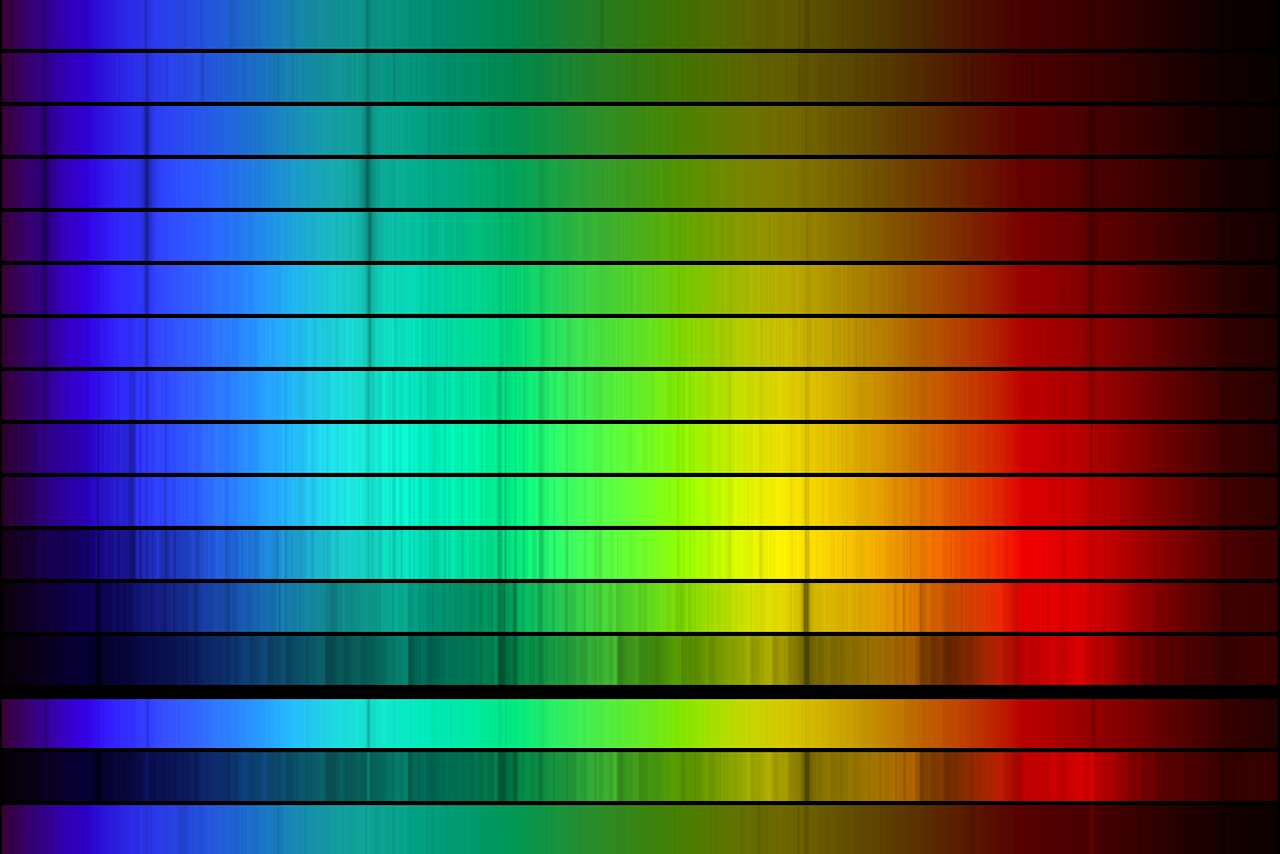
7 Modules
- Light
- Exoplanets
- Matter under astrophysical conditions
- Birth
- Evolution
- Atmospheres
- Planet Dynamics
How do planets move about?Kepler's laws, Three body problem, Guiding center approximation, Tides, Resonances
Material
- Books
- An Introduction to Modern Astrophysics
2nd edition; Carroll & Ostlie (2006); Main reference book for this course (but not all chapters will be discussed!)
- Stellar Structure and Evolution
(Astronomy and Astrophysics Library) 3 STG Edition by Kippenhahn, Rudolf, Weigert, Alfred published by Springer (1996)
- Solar System Dynamics
by Murray & Dermott, Cambridge University Press (1999)
- The Astrophysics of Planet Formation
by Armitage, Cambridge University Press (2009)
- An Introduction to Modern Astrophysics

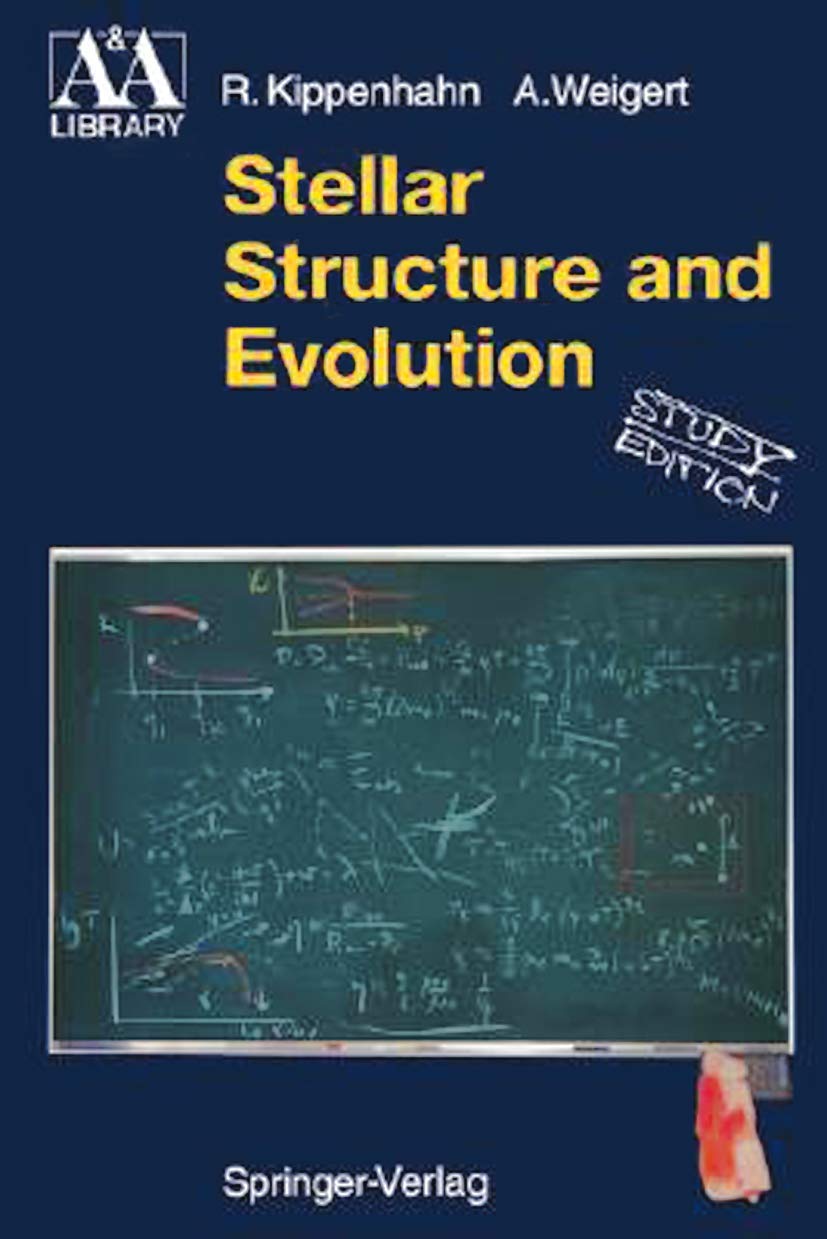
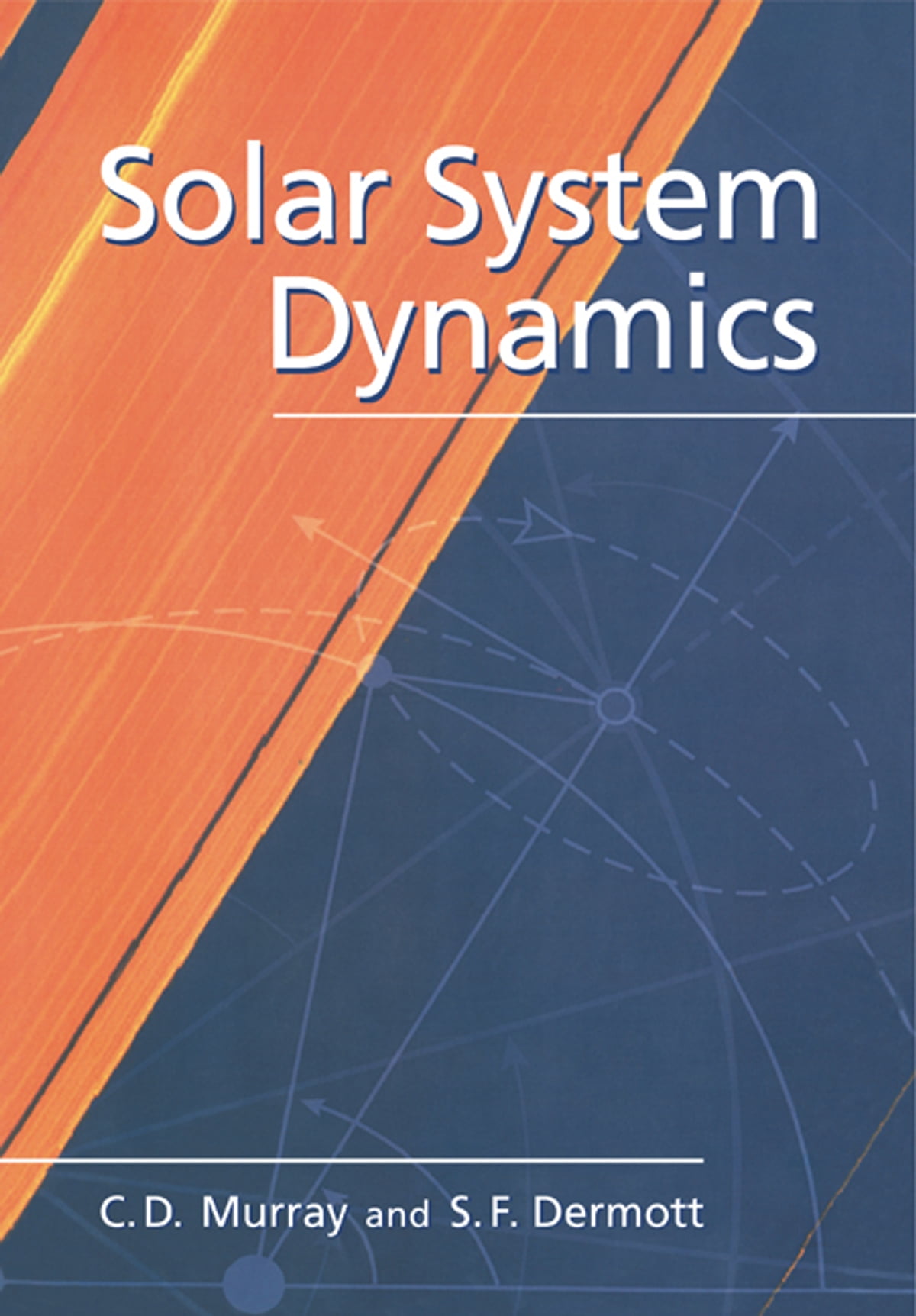

Material
- Books
- An Introduction to Modern Astrophysics
- Html lecture notes
- Available from my homepage
- Tested with Firefox, Chrome/Chromium, and MS Edge browsers. Download them if necessary
MS Internet Explorer is not supported!
Material
- Books
- An Introduction to Modern Astrophysics
- Html lecture notes
- Available from my homepage
- Tested with Firefox, Chrome/Chromium, and MS Edge browsers. Download them if necessary
- Mind nested pages !!


Material
- Books
- An Introduction to Modern Astrophysics
- Html lecture notes
- Available from my homepage
- Tested with Firefox, Chrome/Chromium, and MS Edge browsers. Download them if necessary
- Mind nested pages !!
- read all the text. You should for sure learn all
magenta-highlighted
terms!
Don't forget to read the small fonts. I may skip some details in class, but it may help you to comprehend the material when you reviewing it.
Material
- Books
- An Introduction to Modern Astrophysics
- Html lecture notes
- Available from my homepage
- Tested with Firefox, Chrome/Chromium, and MS Edge browsers. Download them if necessary
- Mind nested pages !!
- Blackboard
You need to be able to follow, understand, and derive yourself the material presented on the blackboard.
Some material may not be covered in the book! So, do attend the lectures!

Material
- Books
- An Introduction to Modern Astrophysics
- Html lecture notes
- Available from my homepage
- Tested with Firefox, Chrome/Chromium, and MS Edge browsers. Download them if necessary
- Mind nested pages !!
- Blackboard
You need to be able to follow, understand, and derive yourself the material presented on the blackboard.
- Online resources (www) and (especially) Wikipedia
Wikipedia is today's Library of Alexandria. A true gem, indispensable to the modern scientist.
I have tried to place references (links) as much as possible. You should do the same in your reporting.

units
Like most astronomers, I will use the cgs (centimeter-gram-seconds) or Gaussian unit system. The most radical difference with SI units is that the Gauss unit system omits proportionality constants in the electromagnetic laws. For example, the Coulomb law becomes

That is, without the proportionality constant of

The drawback of this choice is that other electromagnetic laws — notably Maxwell's equations — also look different. But we won't use them in this course
In your problem sets, you are welcome to use SI units. But take care and be consistent!
| unit | cgs unit | abbrev. | SI unit |
|---|---|---|---|
| length | centimeter | cm | 10-2m |
| time | seconds | s | 1 s |
| mass | gram | g | 10-3 kg |
| energy | erg | erg | 10-7 J |
| pressure | erg cm-3 | 10-1 Pa | |
| magnetic-B | Gauss | G | 10-4 T |
| cgs units | |||
fundamental and astronomical constants in cgs and SI
| constant | symbol | cgs value | unit | SI value | unit |
|---|---|---|---|---|---|
| Astronomical unit | au | 1.496×1013 | cm | 1.496×1011 | m |
| Atomic mass constant | mu | 1.661×10-24 | g | 1.661×10-27 | kg |
| Boltzmann constant | k | 1.381×10−16 | erg K-1 | 1.381×10−23 | J K-1 |
| Electron mass | me | 9.109×10−28 | g | 9.109×10−31 | kg |
| Electron volt | eV | 1.602×10−12 | erg | 1.602×10−19 | J |
| Elementary charge | e | 4.803×10−10 | cm3/2 g1/2 s-1 | 1.602×10−19 | C |
| Gravitational constant | G | 6.674×10−8 | cm3 g-1 s-2 | 6.674×10−11 | m3 kg-1 s-2 |
| Planck constant | h | 6.626×10−27 | erg s | 6.626×10−34 | J s |
| Solar luminosity | L⊙ | 3.828×1033 | erg s-1 | 3.828×1026 | W |
| Solar radius | R⊙ | 6.957×1010 | cm | 6.957×108 | m |
| Solar mass | M⊙ | 1.988×1033 | g | 1.988×1030 | kg |
| Speed of light in vacuum | c | 2.998×1010 | cm s-1 | 2.998×108 | m s-1 |
| Some (fundamental) constants in cgs and SI units | |||||
grading

grading

Grade = 0.3
PS
+ 0.2
Exam/quiz
+0.1 max(
Exam/quiz
,
in-class Quiz
)
+0.2 max(
Presentation,[Report],
PS
)
+0.2 max2(
Presentation,[Report],
PS
)
Grading breakdown
- Problem sets (30%)
- Exam (20%)
multiple choice questions
- In class quizzes (10%)
you may substitute your score for the Exam (Quiz part) here
- The best of (20%):
- Presentation
everyone must give a presentation on your project choice. Scheduled for the final 2 weeks
- Report
This is optional. You can try to improve your project score
- Problem Sets
- Presentation
- The second-best of the three above items (20%):
grading
Problem sets
- About 6 in total. Typically 1 for each module.
PS will be distributed on the day when the module is first discussed in class. They must be returned one week after the last day the module has been covered in class
- Collaboration is allowed, but hand in by yourself
You should be able to motivate and reproduce your solution independently. We will be very strict on academic misconduct. Do NOT blindly copy homework from others. Do NOT conduct in plagiarism when writing reports. Always state references.
- Hand in solutions as pdf or hand-written.
- Scans/photos/MS-word docs are not allowed! Write in English.
- Those that typeset their PS beautifully (text, equations, and figures) will be awarded a +10pt bonus;
- Our strong suggestion: use Latex/Overleaf
- Upload pdf solutions to WebLearning
- Strict deadlines. Late returns are subject to a —10pt penalty/day

problem sets tips and examples
- label figures (axes!) appropriately
- when using LaTeX, use equation environment
\begin{equation} E=mc^2 \end{equation} - do not insert screenshots of source code into your answer
- write down the symbolic expression first, then fill in numbers.
No need to write down the numerical values if these have already been stated.
When asked ("What is", "Give the value", etc...) do give the numerical value at the end!
- state the units
- Give only 1 answer!
Suggestion: start with your primary answer and state additional arguments in brackets. (We will ignore them when they are wrong)

problem sets tips and examples
- label figures (axes!) appropriately
- when using LaTeX, use equation environment
\begin{equation} E=mc^2 \end{equation} - do not insert screenshots of source code into your answer
- write down the symbolic expression first, then fill in numbers.
No need to write down the numerical values if these have already been stated.
When asked ("What is", "Give the value", etc...) do give the numerical value at the end!
- state the units
- Give only 1 answer!
Suggestion: start with your primary answer and state additional arguments in brackets. (We will ignore them when they are wrong)

problem sets tips and examples
- label figures (axes!) appropriately
- when using LaTeX, use equation environment
\begin{equation} E=mc^2 \end{equation} - do not insert screenshots of source code into your answer
- write down the symbolic expression first, then fill in numbers.
No need to write down the numerical values if these have already been stated.
When asked ("What is", "Give the value", etc...) do give the numerical value at the end!
- state the units
- Give only 1 answer!
Suggestion: start with your primary answer and state additional arguments in brackets. (We will ignore them when they are wrong)


problem sets tips and examples
- label figures (axes!) appropriately
- when using LaTeX, use equation environment
\begin{equation} E=mc^2 \end{equation} - do not insert screenshots of source code into your answer
- write down the symbolic expression first, then fill in numbers.
No need to write down the numerical values if these have already been stated.
When asked ("What is", "Give the value", etc...) do give the numerical value at the end!
- state the units
- Give only 1 answer!
Suggestion: start with your primary answer and state additional arguments in brackets. (We will ignore them when they are wrong)
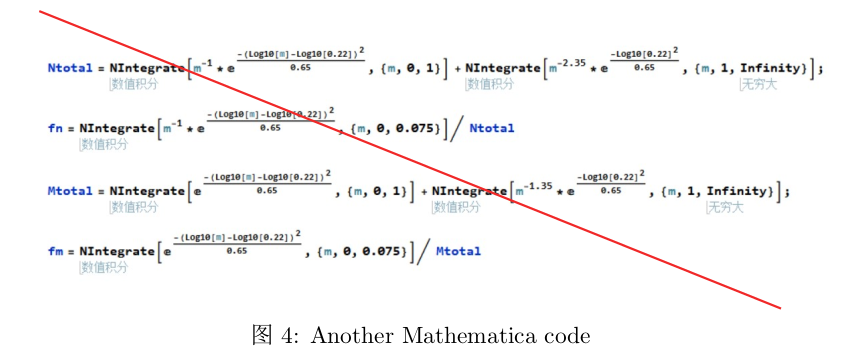
problem sets tips and examples
- label figures (axes!) appropriately
- when using LaTeX, use equation environment
\begin{equation} E=mc^2 \end{equation} - do not insert screenshots of source code into your answer
- write down the symbolic expression first, then fill in numbers.
No need to write down the numerical values if these have already been stated.
When asked ("What is", "Give the value", etc...) do give the numerical value at the end!
- state the units
- Give only 1 answer!
Suggestion: start with your primary answer and state additional arguments in brackets. (We will ignore them when they are wrong)

where I=... has been used
where the above value of I has been adopted, etc.

matplotlib tutorial
for dummies
—By Yu Wang—
TA Yu Wang will provide a tutorial how to use python/matplotlib to create publication-quality ready plots.
The tutorial is voluntarily but strongly recommended if you do not know how to make plots. In that case:
- See if you can do the assignments yourself
- Let Yu Wang know when you are available
Yu Wang will send out a WeChat questionnaire on this

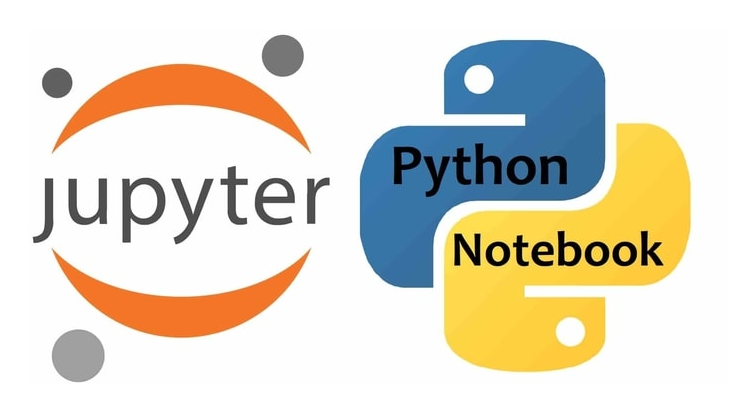
research topic list
Topics should be in the field of stars- and planets and be complementary to the course material. The goal is to learn something new and to present your insights to the group.
Procedure:
- Choose a topic
From the list or — better even — propose a topic yourself. Contact TA Yu Wang to register your topic.
- It would be good when you focus your investigation around one research question
- Present your results in a 15 min presentation (and 5 min questions).
The aim of your presentation is for us to learn something! Therefore, don't "overfill" your slides with information and provide a clear context.
- Write your results in a scientific report
- this part is optional
- in English, at most XXX words, submit in PDF format
- ensure academic honesty (state your references!)
Star related
- Astroseismology
- Brown Dwarfs
- Common envelope evolution
- Initial mass function
- Population III stars
- Pulsars
- The most massive stars
- Supernova 1987A
You are encouraged to propose your own topic!
research topic list
Topics should be in the field of stars- and planets and be complementary to the course material. The goal is to learn something new and to present your insights to the group.
Procedure:
- Choose a topic
From the list or — better even — propose a topic yourself. Contact TA Yu Wang to register your topic.
- It would be good when you focus your investigation around one research question
- Present your results in a 15 min presentation (and 5 min questions).
The aim of your presentation is for us to learn something! Therefore, don't "overfill" your slides with information and provide a clear context.
- Write your results in a scientific report
- this part is optional
- in English, at most XXX words, submit in PDF format
- ensure academic honesty (state your references!)
Solar-system related
- Age of Sun, Earth, solar system
- Formation of the Moon (or other satellites)
- Giant planet interiors
- Planet Nine
- Rings (origin/evolution)
- The carbon cycle
- The Fate of the solar system
- The Kuiper belt
You are encouraged to propose your own topic!
research topic list
Topics should be in the field of stars- and planets and be complementary to the course material. The goal is to learn something new and to present your insights to the group.
Procedure:
- Choose a topic
From the list or — better even — propose a topic yourself. Contact TA Yu Wang to register your topic.
- It would be good when you focus your investigation around one research question
- Present your results in a 15 min presentation (and 5 min questions).
The aim of your presentation is for us to learn something! Therefore, don't "overfill" your slides with information and provide a clear context.
- Write your results in a scientific report
- this part is optional
- in English, at most XXX words, submit in PDF format
- ensure academic honesty (state your references!)
Exoplanet related
- Biotracers
- Detection of Earth 2.0
- Exoplanet Atmospheres
- Free-floating planets
- Habitable Zones
- Mass-radius relationships
- Planet-disk interactions
- Resonance trapping
- Transit Timing Variations
You are encouraged to propose your own topic!
Weekly Notes
Notes 13.06
- Presentations
- Quiz-6
- Class Photo!
- PS-6 recap (Yu)
Mini-research project topics
| Shihao Dong | Population III stars |
| Shunwu Xiao | Brown Dwarfs |
| Wanlin Wang | The Habitable Zone |
| Weiming Wang & Yuxin Shang | The Kuiper belt |
| Xiang Ji | Jupiter's Interior |
| Yunxi Qiao | Astroseismology |
| Yuqian Gui | Supernova 1987A |
| Zhixuan Li | Satellite formation |
| 13.06 | student presentations: Li, Wang, Wang & Shang discuss PS-6 | Quiz-6 |
| 14.06 | presentation grades to be released | |
| 15.06 | (teacher to leave THU campus) | |
| 19.06 | (wednesday) EXAM | 19:00—20:00 6A105 |
| 20.06 | report due from graduating students other students to indicate intention to write report | |
| 23.06 | grad.students grade to be finalized | |
| 30.06 | report due from non-graduating students | |
| xx.07 | all grades uploaded // custom wechat EXIT survey | |
| remaining schedule | ||
Notes 30.05
- Notes about exam & Presentations
- Finish M7
- PS-5 recap (Yu)
Mini-research project topics
| Shihao Dong | Population III stars |
| Shunwu Xiao | Brown Dwarfs |
| Wanlin Wang | The Habitable Zone |
| Weiming Wang & Yuxin Shang | The Kuiper belt |
| Xiang Ji | Jupiter's Interior |
| Yunxi Qiao | Astroseismology |
| Yuqian Gui | Supernova 1987A |
| Zhixuan Li | Satellite formation |
| 30.05 | finish M7; discuss PS-5 | |
| 06.06 | student presentations: Dong, Xiao, Ji, Qiao, Gui | deadline PS-6 |
| 13.06 | student presentations: Wang, Wang & Shang, Li discuss PS-6 | Quiz-6 |
| (teacher will leave THU shortly after) | ||
| 19.06 | (wednesday) Exam 19:00—20:00 6A105 | |
| 20.06 | report due from graduating students (other students to indicate intention to write report) | |
| 23.06 | grad.students grade to be finalized | |
| 30.06 | report due from non-graduating students | |
| remaining schedule | ||
Notes 23.05
- Continue M7
Mini-research project topics
| Shihao Dong | Population III stars |
| Shunwu Xiao | Brown Dwarfs |
| Wanlin Wang | The Habitable Zone |
| Weiming Wang & Yuxin Shang | The Kuiper belt |
| Xiang Ji | Jupiter's Interior |
| Yunxi Qiao | Astroseismology |
| Yuqian Gui | Supernova 1987A |
| Zhixuan Li | Satellite formation |
| 23.05 | continue M7 | |
| 30.05 | finish M7; discuss PS-5 | |
| 06.06 | student presentations: Dong, Xiao, Ji, Qiao, Gui | deadline PS-6 |
| 13.06 | student presentations: Wang, Wang & Shang, Li discuss PS-6 | last teaching day |
| (teacher will leave THU shortly after) | ||
| 19.06 | Exam 19:00—20:00 | |
| 20.06 | report due from graduating students | |
| 23.06 | grad.students grade to be finalized | |
| 30.06 | report due from non-graduating students | |
| remaining schedule | ||
Notes 16.05
- Quiz-5
- Discuss PS-4 (Yu)
- Start M7
Mini-research project topics
| Shihao Dong | Population III stars |
| Shunwu Xiao | Brown Dwarfs |
| Wanlin Wang | The Habitable Zone |
| Weiming Wang & Yuxin Shang | The Kuiper belt |
| Xiang Ji | Jupiter's Interior |
| Yunxi Qiao | Astroseismology |
| Yuqian Gui | Supernova 1987A |
| Zhixuan Li | Satellite formation |
| 16.05 | Start M7: Dynamics; discuss PS-4 | Quiz-5 deadline PS-5 |
| 23.05 | continue M7; discuss PS-5 | |
| 30.05 | finish M7 | |
| 06.06 | student presentations: Dong, Xiao, Ji, Qiao, Gui | deadline PS-6 |
| 13.06 | student presentations: Wang, Wang & Shang, Li discuss PS-6 | last teaching day |
| (teacher will leave THU shortly after) | ||
| 19.06 | Exam 19:00—20:00 | |
| 20.06 | report due from graduating students | |
| 23.06 | grad.students grade to be finalized | |
| 30.06 | report due from non-graduating students | |
| remaining schedule | ||
Notes 11.05
- Discuss PS3 (Yu)
- Finish M5
- Quiz-4
- Mesa Tutorial (Yu)
Mini-research project topics
| Shihao Dong | Population III stars |
| Shunwu Xiao | Brown Dwarfs |
| Wanlin Wang | The Habitable Zone |
| Weiming Wang & Yuxin Shang | The Kuiper belt |
| Xiang Ji | Jupiter's Interior |
| Yunxi Qiao | Astroseismology |
| Yuqian Gui | Supernova 1987A |
| Zhixuan Li | Satellite formation |
| 11.05 | make-up lecture! Discuss PS-3, leftover M5, Yu MESA intro | Quiz-4 |
| 16.05 | Start M7: Dynamics; discuss PS-4 | deadline PS-5 |
| 23.05 | (more dynamics); discuss PS-5 | |
| 30.05 | (more dynamics) | |
| 06.06 | project presentations | deadline PS-6 |
| 13.06 | project presentations; discuss PS-6 | last teaching day |
| (teacher will leave THU shortly after) | ||
| 19.06 | Exam 19:00—20:00 | |
| 20.06 | report due from graduating students | |
| 23.06 | grad.students grade to be finalized | |
| remaining schedule | ||
Notes 09.05
- Deadline PS-4 is NOW!
- Finish M5
Mini-research project topics
| Shihao Dong | Population III stars |
| Shunwu Xiao | Brown Dwarfs |
| Wanlin Wang | The Habitable Zone |
| Weiming Wang & Yuxin Shang | The Kuiper belt |
| Xiang Ji | Jupiter's Interior |
| Yunxi Qiao | Astroseismology |
| Yuqian Gui | Supernova 1987A |
| Zhixuan Li | Satellite formation |
| 30.04 | ddl to choose your mini-research topic | |
| 02.05 | no lecture/holiday | |
| 09.05 | Start and Finish M6: Atmospheres | deadline PS-4 |
| 11.05 | make-up lecture! Discuss PS-3, leftover M5, Yu MESA intro | Quiz-4 |
| 16.05 | Start M7: Dynamics; discuss PS-4 | deadline PS-5 |
| 23.05 | (more dynamics); discuss PS-5 | |
| 30.05 | (more dynamics) | |
| 06.06 | project presentations | deadline PS-6 |
| 13.06 | project presentations; discuss PS-6 | last teaching day |
| (teacher will leave THU shortly after) | ||
| 19.06 | Exam 19:00—20:00 | |
| 20.06 | report due from graduating students | |
| 23.06 | grad.students grade to be finalized | |
| remaining schedule | ||
Notes 25.04
- Deadline PS-3 is NOW!
- Deadline for project selection is this month
- Finish M5
Quiz topics
| Wanlin Wang | The Habitable Zone |
| Weiming Wang | The Kuiper belt |
| Yuxin Shang | |
| Xiang Ji | Jupiter's Interior |
| Yunxi Qiao | Astroseismology |
| Zhixuan Li | Satellite formation |
| 25.04 | finish M5 (most) | deadline PS-3 |
| ddl to choose your mini-research topic | ||
| 02.05 | no lecture/holiday | |
| 09.05 | Start and Finish M6: Atmospheres | deadline PS-4 |
| 11.05 | make-up lecture! Discuss PS-3, PS-4, Quiz-?, leftover M5, Yu MESA intro | |
| 16.05 | Start M7: Dynamics | deadline PS-5 |
| 23.05 | (more dynamics); discuss PS-5 | |
| 30.05 | (more dynamics) | |
| 06.06 | project presentations | deadline PS-6 |
| 13.06 | project presentations; discuss PS-6 | last teaching day |
| (teacher will leave THU shortly after) | ||
| TBD | exam | |
| remaining schedule | ||
Notes 18.04
- Quiz-3 now!
- Projects?
- Introduce PS-3
- Start Module 5!
Quiz topics
| Yunxi Qiao | Astroseismology |
| 18.04 | Q&A M4; start M5: Stellar Evolution | Quiz-3 |
| 25.04 | finish M5 (most) | deadline PS-3 |
| ddl to choose your mini-research topic | ||
| 02.05 | no lecture/holiday | |
| 09.05 | Start and Finish M6: Atmospheres | deadline PS-4 |
| 11.05 | make-up lecture! Discuss PS-3, PS-4, Quiz-?, leftover M5, Yu MESA intro | |
| 16.05 | Start M7: Dynamics | deadline PS-5 |
| 23.05 | (more dynamics);discuss PS-5 | |
| 30.05 | (more dynamics) | |
| 06.06 | project presentations | deadline PS-6 |
| 13.06 | project presentations; discuss PS-6 | last teaching day |
| (teacher will leave THU shortly after) | ||
| TBD | exam | |
| remaining schedule | ||
Notes 11.04
- Discuss PS-2 (Yu)
- Continue/finish (?) M4
- Introduce PS-3
- Quiz-3 planned for next week
| 11.04 | continue/finish? M4; discuss PS-3 | |
| 18.04 | finish M4; start M5: Stellar Evolution | Quiz-3 |
| 25.04 | finish M5 (hopefully) | deadline PS-3 |
| end April | ddl to choose your mini-research topic | |
| 02.05 | no lecture/holiday | |
| 09.05 | Start and Finish M6: Atmospheres | deadline PS-4 |
| 11.05 | make-up lecture! Discuss PS-3, PS-4, Quiz-?, movies | |
| 16.05 | Start M7: Dynamics | deadline PS-5 |
| 23.05 | (more dynamics) | |
| 30.05 | (more dynamics) | |
| 06.06 | project presentations | deadline PS-6 |
| 13.06 | project presentations | last teaching day |
| TBD | exam | |
| remaining schedule | ||
Notes 28.03
- PS-2 deadline is now
- Quiz-2
- Continue M4
- Introduce PS-3
- No lecture next week!
| 28.03 | continue M4 | deadline PS-2 |
| Quiz-2 | ||
| 04.04 | No lecture/holiday | |
| 11.04 | continue M4, discuss PS-2 | |
| 18.04 | finish M4 | |
| 25.04 | start M5: Stellar Evolution | deadline PS-3 |
| end April | ddl to choose your mini-research topic | |
| 02.05 | no lecture/holiday | |
| 09.05 | ||
| 11.05 | (make-up lecture!!) | |
| 16.05 | ||
| 23.05 | ||
| 30.05 | ||
| 06.06 | project presentations | |
| 13.06 | project presentations | last teaching day |
| TBD | exam | |
| upcoming schedule | ||
Notes 21.03
- PS-1 discussion (Jiayue Zhang)
- Finish M3
- Introduce PS-2
- Start M4 (Virial theorem, Jeans mass)
- Next week: Quiz-2 & PS-2 due
- Deadline PS-2:
Thursday 28 march 19:20Please, upload in THU WebLearning system!
| 21.03 | discuss PS-1, finish M3 start M4: Formation | |
| 28.03 | continue M4 | deadline PS-2 |
| Quiz-2 | ||
| 04.04 | continue M4, discuss PS-2 | |
| .... | (3 more April lectures) | |
| end April | ddl to choose your mini-research topic | |
| 02.05 | no lecture/holiday | |
| ... | (4 May lectures) | |
| 06.06 | project presentations | |
| 13.06 | project presentations | last teaching day |
| TBD | exam | |
| upcoming schedule | ||
Notes 14.03
- Deadline for PS-1 return is now
- Please fill out the questionnaire...
(if not already done so)
- Going to play the quiz
Two types of questions:
- A B, C...:
only 1 correct answer. - 1, 2, 3:
0, 1, or multiple answers can be correct
- A B, C...:
- Introduce PS-2
| 14.03 | Quiz-1 | deadline PS-1 |
| continue M3: Astrophysical Matter | ||
| 21.03 | discuss PS-1, finish M3 start M4: Formation | |
| 28.03 | continue M4 | deadline PS-2 |
| .... | (4 April lectures) | |
| end April | ddl to choose your mini-research topic | |
| 02.05 | no lecture/holiday | |
| ... | (4 May lectures) | |
| 06.06 | project presentations | |
| 13.06 | project presentations | last teaching day |
| TBD | exam | |
| upcoming schedule | ||
Notes 07.03
announcements
- python/matplotlib tutorial
4 students signed up. You're still welcome to join!
- Quiz-1 next week!!!
about modules 1 and 2
- PS-1 due next week
- Quiz-0 prize winners
prizes awarded by Yu Wang
| 07.03 | start + finish M2 "Exoplanets" start M3 "Astrophysical Matter" | |
| 09.03 | matplotlib tutorial (TA Yu Wang) | 14:00 S727 S.MongManWei bldg |
| 14.03 | Quiz-1 | deadline PS-1 |
| finish M3? | ||
| 21.03 | finish M3, start M4 | |
| 28.03 | continue M4 | |
| .... | (4 April lectures) | |
| end April | ddl to choose your mini-research topic | |
| 02.05 | no lecture/holiday | |
| ... | (4 May lectures) | |
| 06.06 | project presentations | |
| 13.06 | project presentations | last teaching day |
| TBD | exam | |
| upcoming schedule | ||
Course Schedule
| 29.02 | introduction start Module 1 (Light), (2..) | |
| 07.03 | start + finish Module 2 (exoplanets) start Module 3 (equations of state, polytropes, ...) | |
| TBD | matplotlib tutorial (TA Yu Wang) | outside regular class; optional |
| 14.03 | finish Module 3? | deadline PS-1 |
| .... | (2 more March lectures) | |
| .... | (4 April lectures) | |
| end April | ddl to choose your mini-research topic | |
| 02.05 | no lecture/holiday | |
| ... | (4 May lectures) | |
| 06.06 | project presentations | |
| 13.06 | project presentations | last teaching day |
| TBD | exam | |
| upcoming schedule | ||
Exam Notes

Grade = 0.3
PS
+ 0.2
Exam/quiz
+ 0.1
Exam/problem
+0.1 max(
PS
,
Exam/problem
+0.1 max(
Exam/quiz
,
in-class Quiz
)
+0.2 max(
Presentation,[Report],
PS
)
+0.2 max2(
Presentation,[Report],
PS
)
Exam tests Concepts
- Counts for 20%
or 30% if score is higer than the in-class quizes
- multiple-choice questions (about 30); same rules as in-class.
For questions where 1 answer must be selected, gambling means 0 points; leave question open gives you 0.5pt
- The one-answer-is-correct questions are marked with double asterix ("**")
all answers are listed (a), (b) etc
- Time limit = 1h
- No books, tablets, etc. allowed; I will provide a cheat sheet (but this is not so useful)
- Write your answers on a clean sheet paper
I will not be there. There is no need to ask question. If unclear, write your complaints/assumption etc on the answer sheet.
Elementary presentation tips
- you communicate with the audience
- the goal/focus are not the presentation slides; they are a means
- do not read off your presentation... you should face the audience
- Take care of a clear message
- Do not overload your talk/slides with information
- Miscellaneous
- Finally...
Elementary presentation tips
- you communicate with the audience
- Take care of a clear message
- Your goal is that the audience remembers at least one, (perhaps 2, 3) take home message. The rest is bonus.
- The goal is not to impress your teacher/fellow students by the extent of your knowledge by showing off
- practice your talk in front of a student unfamiliar with your topic and ask him/her afterwards what he/she remembers
- Do not overload your talk/slides with information
- Miscellaneous
- Finally...

Elementary presentation tips
- you communicate with the audience
- Take care of a clear message
-
Do not overload your talk/slides with information
in principle, everything on your slides must be explained!
- make sure there is a simple and logical order
- perhaps start with a blank page and build it up
- avoid (boring) text-only slides
- figures must be clear, label axes, all text must be readable
- write down the THM and spell it out orally
- Miscellaneous
- Finally...

slide contains perhaps too many topics
make clear why there is a brightness amplification?
Elementary presentation tips
- you communicate with the audience
- Take care of a clear message
- Do not overload your talk/slides with information
- Miscellaneous
— NO special effects, etc.
— be careful with jargon and acronyms (explain them!)
— don't go overtime - Finally...
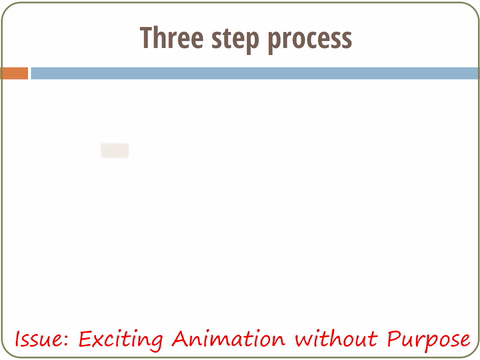
Elementary presentation tips
- you communicate with the audience
- Take care of a clear message
- Do not overload your talk/slides with information
- Miscellaneous
- Finally...
Giving talks is hard (for most of us). I do not expect it to be perfect (and so should you!). Be patient, realistic, and receptive towards feedback and you will improve slowly but steadily.
Elementary presentation tips
Concretely for your 15 min talk:
- Goal is educational; the class should learn something
- About 10 slides max.
you typically will need >1 minute/slide
- Make clear how the specific topic of your talk fits in the broader context
For example, when your topic is "three body resonances in the TRAPPIST-1 system", you need to introduce (i) exoplanet systems; (ii) the TRAPPIST-1 star; and (iii) what three-body resonances are.
- No more than 2 figures (preferably 1) per slide. Animations may be great for illustration
For each figure: explain what we see. Animations also take time to explain (don't have too many)
- End with clear conclusions/take-home messages
2 or 3 are enough. Do not just read them. A graphical presentation is better
- Also, state a multiple-choice question like:
in the TRAPPIST-1 system, the three-body resonance
![]() forms from which combination of MMR?
forms from which combination of MMR?
(a) 8:5 and 5:3; (b) 2:1 and 2:1; (c) something else
questions?
You are encouraged to ask questions at any time
let's start!
with a Quiz
